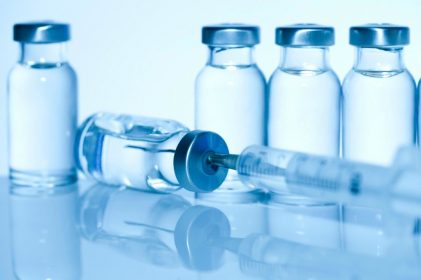The participant who triggered a global shutdown of AstraZeneca’s Phase 3 Covid-19 vaccine trials was a woman in the United Kingdom who experienced neurological symptoms consistent with a rare but serious spinal inflammatory disorder called transverse myelitis, the drug maker’s chief executive, Pascal Soriot, said during a private conference call with investors on Wednesday morning.
Transverse myelitis is a serious condition involving inflammation of the spinal cord that can cause muscle weakness, paralysis, pain and bladder problems. In rare instances, vaccines have triggered cases of transverse myelitis; although it can also be caused by viral infections.
The woman’s diagnosis has not been confirmed yet, but she is improving and will likely be discharged from the hospital as early as Wednesday, Soriot said.
AstraZeneca confirmed that the participant was injected with the company’s Covid-19 vaccine and not a placebo.
Soriot also confirmed that the clinical trial was halted once previously in July after a participant experienced neurological symptoms. Upon further examination, that participant was diagnosed with multiple sclerosis, deemed to be unrelated to the Covid-19 vaccine treatment, he said.
Currently AstraZeneca is working on signal and if the illness is found to be unrelated, trials will continue. The company’s CEO said Thursday that its vaccine could still be ready by the end of the year. If the vaccine did cause the illness, experts guess, AstraZeneca will cancel its trials and retire the vaccine.
Phase III vaccine trials must not be cut short before the full 30,000 people have been enrolled—even if a vaccine has already been shown to be effective. But stopping too soon might mean a failure to catch rare side effects.
Consider the Oxford trial, which was scheduled to give 20,000 people the vaccine and 10,000 a placebo. To determine effectiveness—that is, whether inoculation protects against severe Covid-19—enough of the placebo patients need to get very sick to show that there is a statistically significant difference between the two groups. That takes a total of only about 150 Covid-19 cases—a threshold that can be reached fairly quickly, especially while a virus is still widespread. It could happen before all 30,000 people have been enrolled in the trial.

Leave a Reply